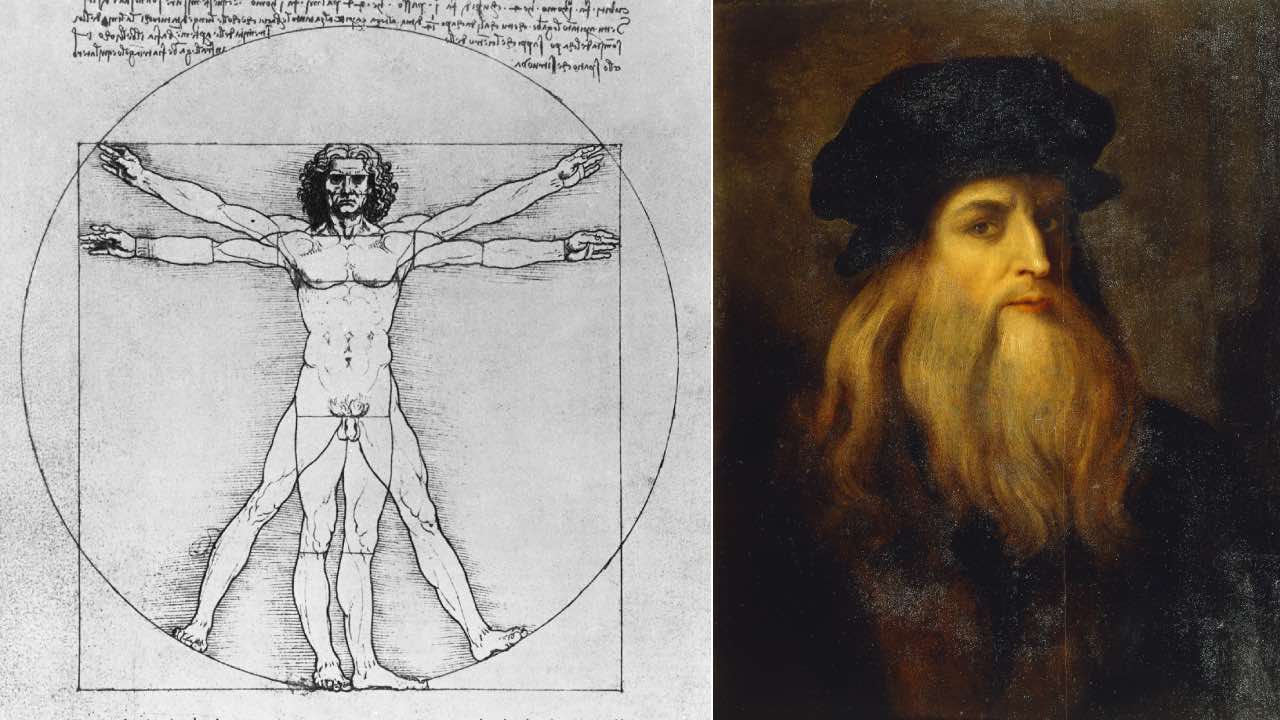Da Vinci’s artistic talent was due to a bung eye

Leonardo da Vinci’s artistic genius might in part have been the result of an eye disorder, according to a leading British ophthalmologist.
After studying six paintings, drawings and sculptures believed to be of the man who painted the Mona Lisa, Christopher Tyler from the University of London, UK, concludes he suffered from strabismus, a misalignment of the eyes.
Some forms of eye misalignment are thought to assist artistic work by suppressing the deviating eye, which provides two-dimensional monocular vision advantageous to painting and drawing.
Tyler believes da Vinci had intermittent exotropia – a tendency for one of his eyes to turn outwards.
This would result in the ability to switch to monocular vision, which may help explain his exceptional talent for capturing space on a flat canvas.{%recommended 3705%}
If he’s right, the fifteenth century master joins an impressive club. Rembrandt, Degas and Picasso are among other artists identified as having strabismus on the basis of the eye alignment evident from self- portraits.
Another Italian painter, Giovanni Francesco Barbieri, was even known as Il Guercino, or “the squinter”.
Tyler’s task was made more difficult because there are few validated portraits of da Vinci from life.
“No work has an unimpeachable attribution as his likeness, so attributions are necessarily probabilistic,” he writes in a paper published in JAMA Ophthalmology.
He was encouraged, however, by the painter’s own belief that artists’ work is likely to reflect their own appearance, and was thus confident that any of his portraits “may be considered to reflect his own appearance to some extent”.
Examination of half a dozen likely portraits and self-portraits in which the direction of gaze of each eye is identifiable shows that most paintings exhibit a consistent exotropic strabismus angle of minus-10.3 degrees.
This is supported by a similar angle in the recently identified da Vinci painting Salvator Mundi, which last year sold for a record US$450 million.
The most influential figure of the Italian Renaissance, da Vinci was an architect, musician, engineer scientist and inventor, as well as a painter.
His other masterpieces include The Last Supper, The Baptism of Christ and The Vitruvian Man.
Image credits: Getty Images
This article was originally published on cosmosmagazine.com and was written by Nick Carne.
